For those of you beloved patrons who live to read to learn, let me tell you about the Wellcome Book Prize.
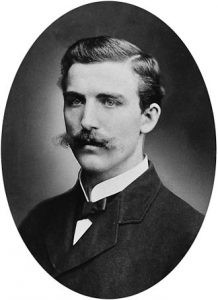 Let me start by telling you a little bit about the Wellcome Collection. Located right across the street from Euston Station in London, the Wellcome Collection is dedicated to uniting the fields of science, medicine, and the arts, declaring itself “The free destination for the incurably curious”. The institute was originally funded by Sir Henry Solomon Wellcome (pictured at right), a fascinating entrepreneur, born in Wisconsin in 1853, whose first business was peddling invisible ink (it was lemon juice). He later went into pharmaceuticals, where he revolutionized medicine by developing medicine in tablet form, though he called them ‘Tabloids’. Upon his death, Wellcome vested the entire share capital of his company in individual trustees, who were charged with spending the income to further human and animal health, and even left specifics in his will as to the building in which the collections were to be housed. Today, the Wellcome Trust, which funds all this gloriousness, is now one of the world’s largest private biomedical charities.
Let me start by telling you a little bit about the Wellcome Collection. Located right across the street from Euston Station in London, the Wellcome Collection is dedicated to uniting the fields of science, medicine, and the arts, declaring itself “The free destination for the incurably curious”. The institute was originally funded by Sir Henry Solomon Wellcome (pictured at right), a fascinating entrepreneur, born in Wisconsin in 1853, whose first business was peddling invisible ink (it was lemon juice). He later went into pharmaceuticals, where he revolutionized medicine by developing medicine in tablet form, though he called them ‘Tabloids’. Upon his death, Wellcome vested the entire share capital of his company in individual trustees, who were charged with spending the income to further human and animal health, and even left specifics in his will as to the building in which the collections were to be housed. Today, the Wellcome Trust, which funds all this gloriousness, is now one of the world’s largest private biomedical charities.

I cannot recommend exploring the Wellcome Collection online to you enough. Because of their dedication to education and engagement, a surprisingly vast amount of their exhibits have online components, and a good deal of their archives and library are digitized, making it possible to access their treasure trove of educational riches from the comfort of your living room (or local Library!). Their exhibits range from the emotional and contemporary, such as videos and talks on military medicine, to the sublimely bizarre, like this gallery on curatives and quack medicine. Throughout their work is a very firm dedication not only to education, but to sparking a love of learning in their visitors, and that work pays huge dividends.
 I personally adore the Wellcome because of it’s 1) incredible library, which has allowed me to write my dissertation, it’s 2) stupendous archive, which is also helping me with The Dissertation, and 3) Their ridiculously welcoming, air-conditioned building (I don’t know if Sir Wellcome thought of central air, but if he did, I tip my proverbial hat to him). There is a section of their library with chaise lounges and beanbags, for pity’s sake. And the security guards encourage you to wander around and learn all you can–and don’t mind that you have a cold and look like you got hit by a truck. That, my friends, is an institution dedicated to learning.
I personally adore the Wellcome because of it’s 1) incredible library, which has allowed me to write my dissertation, it’s 2) stupendous archive, which is also helping me with The Dissertation, and 3) Their ridiculously welcoming, air-conditioned building (I don’t know if Sir Wellcome thought of central air, but if he did, I tip my proverbial hat to him). There is a section of their library with chaise lounges and beanbags, for pity’s sake. And the security guards encourage you to wander around and learn all you can–and don’t mind that you have a cold and look like you got hit by a truck. That, my friends, is an institution dedicated to learning.
And, as part of their outreach efforts, and in the hope of encouraging more quality and creative writing in the sciences, the Wellcome Trust also funds one of the largest book prizes around, providing 30,000 GBP (right now, about $37,500) to it chosen author. As described on the Wellcome Book Prize site, all the books that are nominated have “a central theme that engages with some aspect of medicine, health or illness.” While this dedication to science is wonderful, the Wellcome Prize also recognizes art, standing by its core principles by recognizing that such books “can cover many genres of writing – including crime, romance, popular science, sci-fi and history.” Thus, their list includes both non-fiction and fiction, in order to celebrate those works that “add new meaning to what it means to be human.”
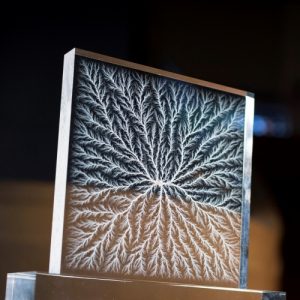
So here, without further ado, is the Wellcome Book Prize Longlist. We hope you’ll find something to whet your reading appetite either here, or in the list of past winners. The shortlist will be announced at the London Book Fair on March 14th, and the winner will be revealed at a ceremony at the Wellcome Collection on April 24th. Because the Wellcome Prize’s descriptions of these books are so terrific, clicking on the book title or author will take you to the Wellcome page….there is a link to the Noble Listing for the books beside each entry. As usual with overseas prizes, some of these books haven’t come to our shores as yet, but we’ll keep you updated when they do!
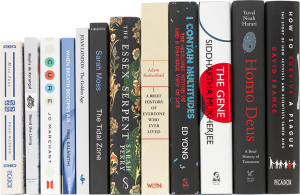
How to Survive a Plague by David France non-fiction (NOBLE)
Homo Deus by Yuval Noah Harari non-fiction (NOBLE)
When Breath Becomes Air by Paul Kalanithi non-fiction (NOBLE)
Mend the Living by Maylis de Kerangal trans. Jessica Moore fiction Currently unavailable in the US
The Golden Age by Joan London fiction (NOBLE)
Cure by Jo Marchant non-fiction (NOBLE)
The Tidal Zone by Sarah Moss fiction Currently Unavailable in the US
The Gene by Siddhartha Mukherjee non-fiction (NOBLE)
The Essex Serpent by Sarah Perry fiction US release date to be set soon
A Brief History of Everyone Who Ever Lived by Adam Rutherford non-fiction US Release: September, 2017
Miss Jane by Brad Watson fiction (NOBLE)
I Contain Multitudes by Ed Yong non-fiction (NOBLE)
Happy reading!

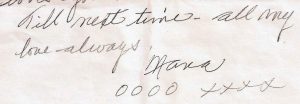
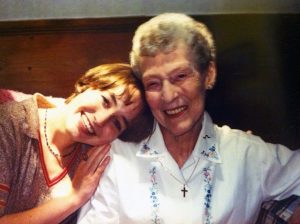
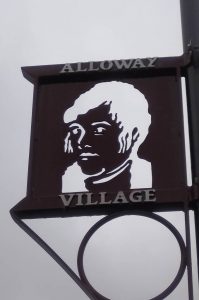
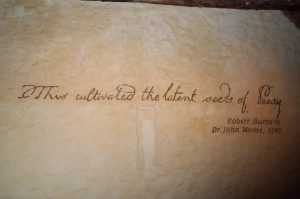
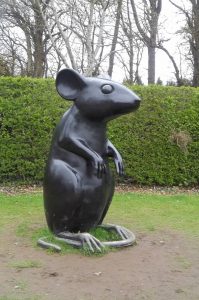
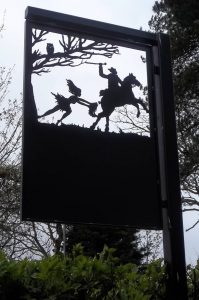
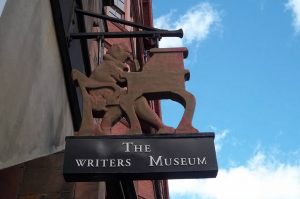
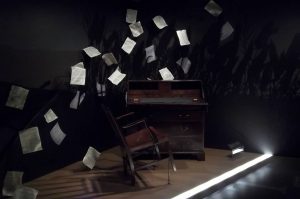
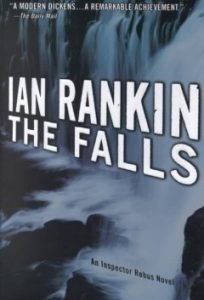 Inspector Rebus series by Ian Rankin
Inspector Rebus series by Ian Rankin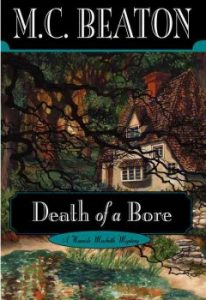 Hamish Macbeth series by M. C. Beaton
Hamish Macbeth series by M. C. Beaton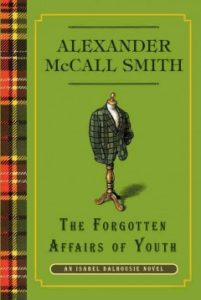 Isabel Dalhousie series by Alexander McCall Smith
Isabel Dalhousie series by Alexander McCall Smith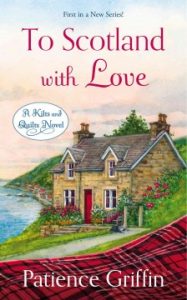 Kilts and Quilts series by Patience Griffin
Kilts and Quilts series by Patience Griffin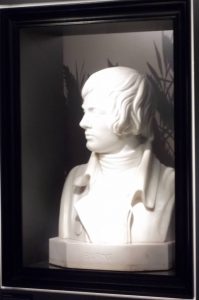
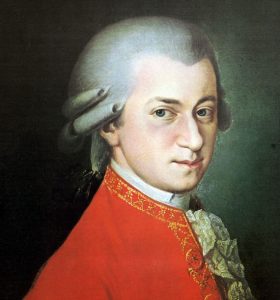
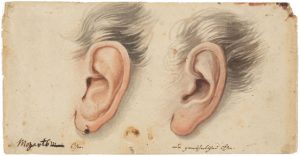

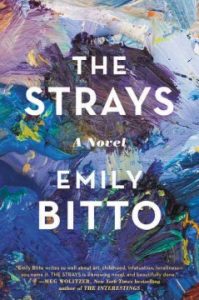 The Strays
The Strays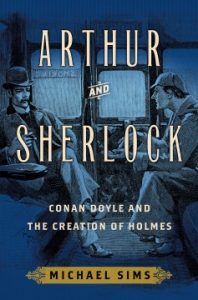
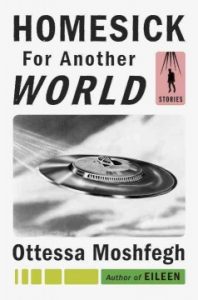 Homesick for Another World
Homesick for Another World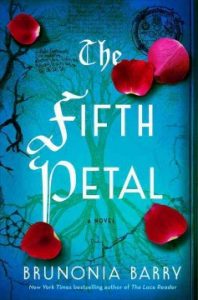 The Fifth Petal:
The Fifth Petal: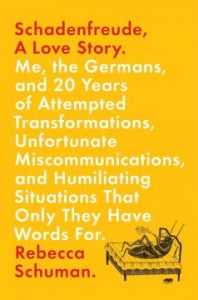 Schadenfreude, a Love Story
Schadenfreude, a Love Story
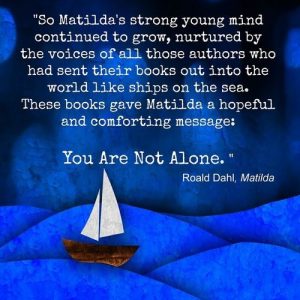

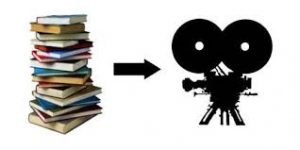 This is pretty exciting news for us. Granted, it’s not that difficult to get us excited about books or movies, but when we can talk about both of them (and perhaps put together a few fun Library Displays in the bargain), it’s always a good time. And, while the Oscars generally seem like a glittery diversion (at best) or a bit of a waste of time (at worst), in comparison to the everyday world, maybe a little bit of glitter now and then is just what we need to keep going, right?
This is pretty exciting news for us. Granted, it’s not that difficult to get us excited about books or movies, but when we can talk about both of them (and perhaps put together a few fun Library Displays in the bargain), it’s always a good time. And, while the Oscars generally seem like a glittery diversion (at best) or a bit of a waste of time (at worst), in comparison to the everyday world, maybe a little bit of glitter now and then is just what we need to keep going, right?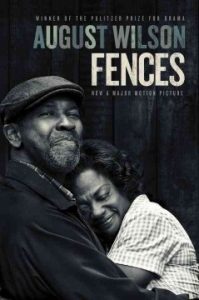 Fences
Fences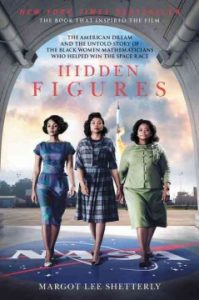 Hidden Figures:
Hidden Figures: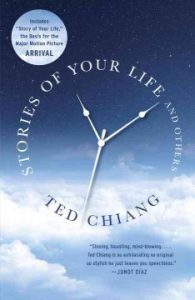

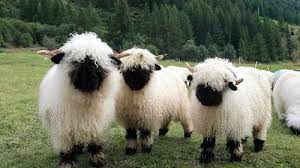
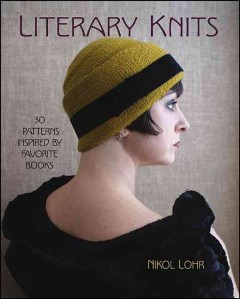 Literary Knits
Literary Knits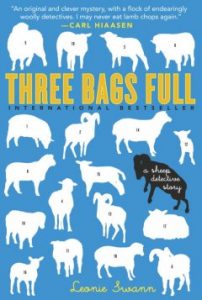
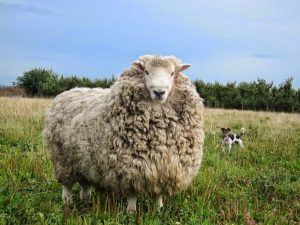 revealing the murderer is particularly clever). Their eventual reward is absolutely priceless, as well, making this mystery a sheer delight. Plus, there is a merino sheep (see right) named “Mopple the Whale”, which may be my favorite name in the history of literature.
revealing the murderer is particularly clever). Their eventual reward is absolutely priceless, as well, making this mystery a sheer delight. Plus, there is a merino sheep (see right) named “Mopple the Whale”, which may be my favorite name in the history of literature.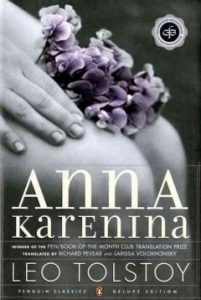 Anna Karenina
Anna Karenina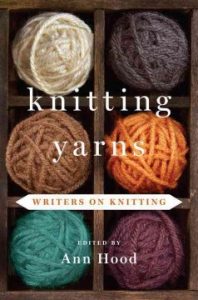 Kntting Yarns: Writers on Knitting
Kntting Yarns: Writers on Knitting